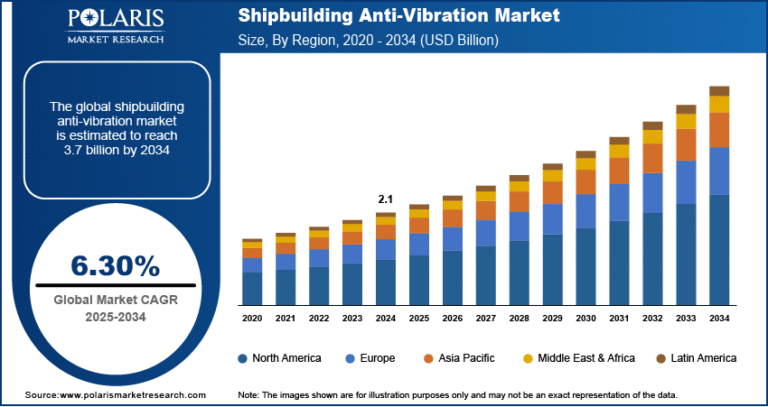The Digital Map Market is expected to grow to USD 107.79 billion by 2034, registering a CAGR of 14.27%.

The global digital map market was valued at USD 28.42 billion in 2024 and is expected to reach USD 32.45 billion in 2025. The market is projected to witness substantial growth, reaching USD 107.79 billion by 2034, with a compound annual growth rate (CAGR) of 14.27% during the forecast period from 2025 to 2034. The demand for digital maps is growing rapidly, fueled by technological advancements and the rising dependence on location-based services.
Key Trends & Insights:
• Rising Demand for Real-time Navigation – Increased use of smartphones and connected vehicles is boosting real-time, turn-by-turn mapping services.
• Autonomous Driving Technologies – High-definition (HD) maps are essential for self-driving vehicles, driving investment in precision mapping.
• Smart City Development – Governments are using digital maps for traffic control, infrastructure planning, and public safety management.
• Integration with AI & IoT – Artificial intelligence and Internet of Things enable predictive mapping and automated updates.
• Location-based Advertising – Businesses are leveraging geospatial data for targeted marketing and customer engagement.
• 3D & Indoor Mapping – Demand is growing for advanced 3D visualizations and indoor mapping in airports, malls, and large facilities.
Market Size & Forecast:
· Market size value in 2025 – USD 32.45 billion
· Revenue forecast in 2034 – USD 107.79 billion
· CAGR – 14.27% from 2025 – 2034
𝐆𝐞𝐭 𝐄𝐱𝐜𝐥𝐮𝐬𝐢𝐯𝐞 𝐒𝐚𝐦𝐩𝐥𝐞 𝐏𝐚𝐠𝐞𝐬 𝐨𝐟 𝐓𝐡𝐢𝐬 𝐑𝐞𝐩𝐨𝐫𝐭:
https://www.polarismarketresearch.com/industry-analysis/digital-map-market/request-for-sample
Digital map Market Overview:
The digital map market is witnessing significant growth, fueled by the rising adoption of smart devices, navigation systems, and real-time data applications. Digital maps have evolved from simple navigation aids to intelligent platforms supporting diverse industries such as automotive, logistics, urban planning, tourism, and retail. The growing need for accurate, real-time location information is driving advancements in mapping technologies, including AI-powered geospatial analytics and 3D visualizations. Moreover, the proliferation of GPS-enabled devices and increasing internet penetration are further accelerating market demand.
Rapid urbanization and the development of smart cities are enhancing the role of digital maps in infrastructure planning, traffic management, and public safety. In addition, autonomous vehicles rely heavily on high-definition maps for precise navigation and obstacle detection. Integration with cloud computing, IoT, and machine learning is enabling enhanced functionality, such as predictive mapping, route optimization, and indoor navigation. With expanding use cases and continuous innovation, the digital map market is poised for strong and sustained growth in the coming years.




![Medical Drones Market Analysis: Opportunities, Innovations, and Growth Potential Through [2025-2034]](https://beeswire.com/wp-content/uploads/2025/07/polaris-58-768x768.png)

